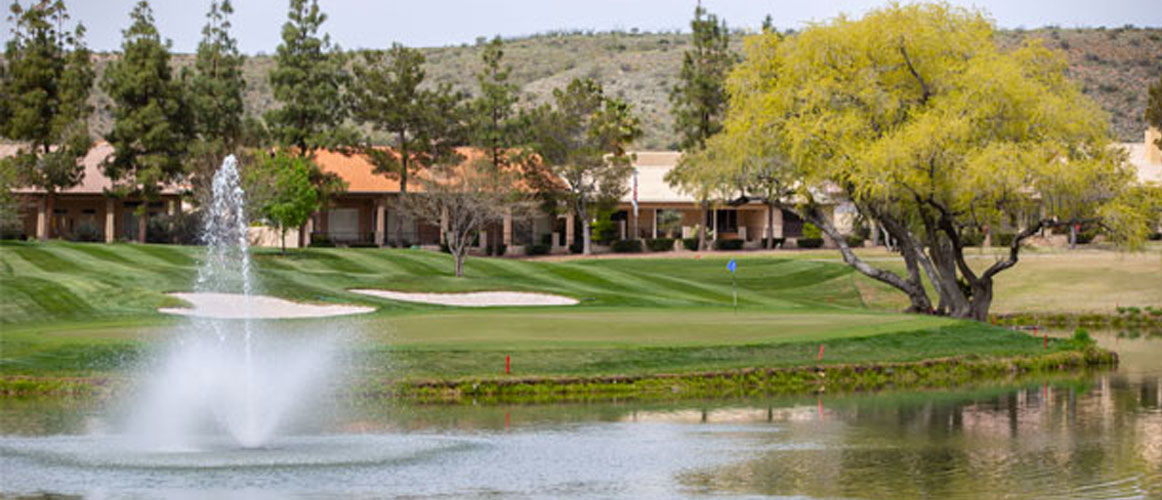Golf course designers often build a pond or lake leaving the course owners and superintendents without guidance regarding the care and maintenance of these bodies of water.
There is a common misunderstanding that because natural bodies of water seem to fare well without any attention, man-made lakes will also fare well. This tenet does not hold true for either body of water.
A lake, no matter what its location, requires care. A regular maintenance program should be in place. A company with a good background, proper licensing, a proven track record, and confirmed references should be hired. Add to this aeration, filtration, biological conditioning, and pest management, and the result will be a healthy, clear, clean, aesthetically pleasing body of water.
Aeration is important. I can’t stress enough concerning the benefits of aeration. The better the aeration, the fewer problems you’ll have with water quality, fish kill, algae, and all those other pesky little nuisances. A lake should “turn over” a minimum of one time in a 24-hour period, meaning the water at the bottom is put on top and pushes the water at the top towards the bottom.
Filters are necessary. They are there to catch the debris that would otherwise clog the systems. Checking and cleaning the filters frequently will prevent a host of other problems like pumps getting jammed and burning up, restricted water flow, or impellers becoming clogged.
Physical maintenance should be performed. Nets should be used to remove the leaves, twigs, buds, grass, branches, and other debris that fall into your lakes. Trimming and treating of aquatic plants, weeds, and algae should be done. This maintenance assists in keeping the water clear and ecologically balanced. If debris is left in the water, it will degrade and add nutrients to the water, neither of which is beneficial to the water quality or appearance any more than the overgrowth of aquatic plants.
Biological conditioning is equally important to your water features. Introduce beneficial, indigenous fish, for example, mosquito fish and algae-eating fish like the common grass carp, otto, Siamese algae eater, pingi logsucker, or twig catfish. Remember, when the algae supply gets thin, the diet for the fish must be supplemented through pellets and other food sources.
Introduction of aquatic plants helps as well. Chara, for example, is very beneficial for the water clarity and quality. Kept under control the results will be pleasing. Other plants such as water lilies, water irises, water hyacinth, pennywort, water hyssop, cattails, etc. are aesthetically beneficial.
Pest management would be an equally important approach to care. A determination regarding the type and effect of the pest and the procedure for control or eradication should be made. Some pests can be physically removed; others need to be eliminated through the use of chemicals; still others are protected by state, county, or city laws.
If you want to keep a lake healthy, balanced, and reduce problems and complaints, ensure your lakes are properly aerated, filters installed and cleaned, biological conditioning is in place, pests are managed, and regular maintenance is performed by a reputable lake maintenance firm. Proper care is vital to the health and appearance of your lake and will keep it looking pristine for years to come.
Reach out to the Ewing Golf Team for support, quotes, or general knowledge about products and projects for your golf course.




